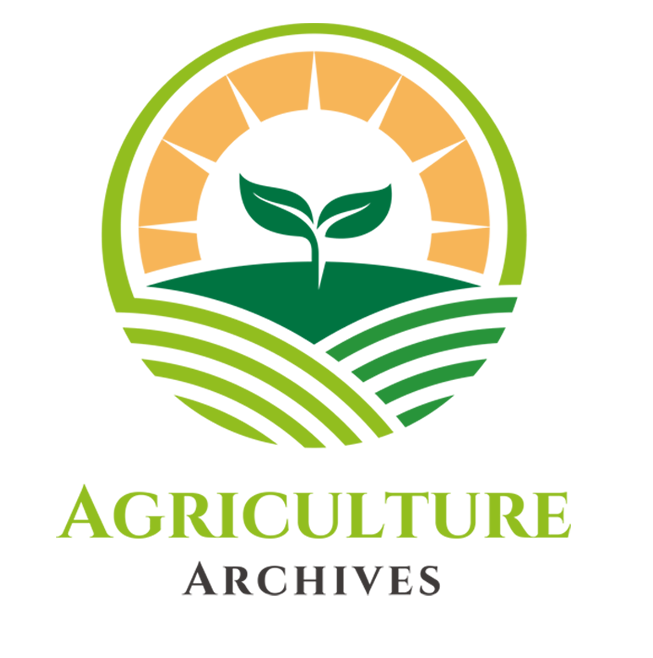Nano fertilizers: Revolutionizing Agriculture for Sustainable Crop Growth
Introduction The field of agriculture is undergoing a significant transformation driven by technological innovations aimed at enhancing productivity, sustainability, and resilience in food production systems. Among these innovations, nanotechnology has emerged as a promising frontier, offering novel solutions to address longstanding challenges in agriculture [1-2]. Nanofertilizers, characterized by their nano-sized particles and tailored nutrient delivery … Read more
